
Sri Lankan Art
- Sri Lankan art tradition goes back to the prehistoric era. Most of the prehistoric arts were drawn on the cave walls. Prehistoric arts can be found in Kurullangala rock in Ella, Andiyagala, and Billawa in Anuradhapura and Dorawak Kanda cave in Kegalle and Sithulpawwa vihara premises.
According to the Mahavamsa, the art of painting existed in the country long before the arrival of Buddhism. Clans of artists came with a branch of the Sri Maha Bodhi tree influence greatly on the development of arts in the country.
Sculptures & Paintings
The relief sculptures of the front pieces (vahalkadas) of ancient stupas, dating from the 2nd and 3rd centuries AD, and their platforms depicting the relief sculptures are the earliest evidence of Sri Lankan sculptures that can be found.
Moonstone, Guard-stone, and the flight of step usually found at the entrance to Buddhist shrine rooms, houses of the Bodhi or stupas, unique to Sri Lanka are an excellent example of the high degree of competence in creating sculptural works by the Sri Lankan artists.
The Moonstone, (“Sandakada Pahana” in Sinhala), is a semicircular stone slab at the foot of a flight of steps to a shrine room. A slab of plain stone was used in the initial stages of sculpting. A lotus flower was chiseled in the centre. Decorative features were then engraved in concentric semicircles around it. The outermost decoration being the conventional flames, followed by a row of four beasts, namely an elephant, a horse, a lion and a bull chasing each other in a procession. A creeper with a wavy stem and intricate foliage comprises the next band, followed by a band of swans.
The two Guard-stones (“Muragal” in Sinhala) for the flight of steps are joined by a set of decorative balustrades (“Korawak-gal” in Sinhala). In the initial stages, these were also devoid of sculptural work and a full vase would have been set before them. At a later date, the figure of a cobra would be engraved on them. The Nagas (Cobra) are considered as the guardians of water, celestial as well as terrestrial.
Sigiri frescoes were the earliest datable paintings found in Sri Lanka that belongs to the 5th Century AD. The most comprehensive body of paintings can be found at the Tivanka image house Polonnaruva that belongs to the 12th Century AD.
Sri Lankan art tradition was transformed from classical naturalism into a highly stylistic art form during the13th to the 18th century. In that period artistic remains at Dambadeniya, Yapahuwa, Kurunegala, Gampola, Kotte, and Sitawaka kingdoms were solely restricted to sculpture and carvings. The stylistic art form can be seen in the wall paintings and sculptures of the 18th and 19th centuries. Paintings and sculptures of the Kandy period (Central Kandyan tradition) are found in numerous temples in Kandy and other regions.
The paintings in the 20th Century comprise an impressive diversity in styles. That can be seen in George Keyt murals at Gotami Vihara, the Solius Mendis murals at Kelaniya Raja Maha Viiharaya, and the numerous murals by M.Sarlis.
Traditional dance
The origin of the traditional dances of Sri Lanka lies with the indigenous folk and it has evolved through time as a result of various foreign influences and internal transformations. There are three classical dance forms that are associated with the ritualistic practices of the Sinhalese in Sri Lanka. The division of the dances occurred as a result of the diversity of the rituals in various parts of the island. Consequently, the dance form belonging to the up-country region is known as “Udarata Natum” or Kandyan dance and that which is found in the southern coastal area is called “Pahatharata Natum” or low-country dance. The dance which is practiced in the province of Sabaragamuwa is referred to as “Sabaragamu Dance” is in keeping with its provincial name.
The propitiation of supernatural entities often originated as a result of folk beliefs. These were categorized into three groups; i.e. Gods, demons, and the planets. The main ritual which is held on behalf of the deities in the upcountry region is called the Kohob Yak Kankariya, while the Devol Maduwa, Gammaduwa, PunaMaduwa, etc. are also held with similar intentions of propitiating the gods in the southern regions of the island. The Pahan Maduwa is the main ritual performed in order to appease the gods in the Sabaragamu dance tradition.
Every dance form has its own characteristics, from drums, and costumes, to music and movements. In terms of the percussion instruments used to provide rhythmic support for the dances, the Geta Bera or the Kandyan drum is used during a Kandyan dance. While the Pahatharata Beraya or the low-country drum is used as the main percussion instrument in low-country dance, and the Daula is the accompaniment of Sabaragamu dance.
- Sri Lankan art tradition goes back to the prehistoric era. Most of the prehistoric arts were drawn on the cave walls. Prehistoric arts can be found in Kurullangala rock in Ella, Andiyagala, and Billawa in Anuradhapura and Dorawak Kanda cave in Kegalle and Sithulpawwa vihara premises.
According to the Mahavamsa, the art of painting existed in the country long before the arrival of Buddhism. Clans of artists came with a branch of the Sri Maha Bodhi tree influence greatly on the development of arts in the country.
Sculptures & Paintings
The relief sculptures of the front pieces (vahalkadas) of ancient stupas, dating from the 2nd and 3rd centuries AD, and their platforms depicting the relief sculptures are the earliest evidence of Sri Lankan sculptures that can be found.
Moonstone, Guard-stone, and the flight of step usually found at the entrance to Buddhist shrine rooms, houses of the Bodhi or stupas, unique to Sri Lanka are an excellent example of the high degree of competence in creating sculptural works by the Sri Lankan artists.
The Moonstone, (“Sandakada Pahana” in Sinhala), is a semicircular stone slab at the foot of a flight of steps to a shrine room. A slab of plain stone was used in the initial stages of sculpting. A lotus flower was chiseled in the centre. Decorative features were then engraved in concentric semicircles around it. The outermost decoration being the conventional flames, followed by a row of four beasts, namely an elephant, a horse, a lion and a bull chasing each other in a procession. A creeper with a wavy stem and intricate foliage comprises the next band, followed by a band of swans.
The two Guard-stones (“Muragal” in Sinhala) for the flight of steps are joined by a set of decorative balustrades (“Korawak-gal” in Sinhala). In the initial stages, these were also devoid of sculptural work and a full vase would have been set before them. At a later date, the figure of a cobra would be engraved on them. The Nagas (Cobra) are considered as the guardians of water, celestial as well as terrestrial.
Sigiri frescoes were the earliest datable paintings found in Sri Lanka that belongs to the 5th Century AD. The most comprehensive body of paintings can be found at the Tivanka image house Polonnaruva that belongs to the 12th Century AD.
Sri Lankan art tradition was transformed from classical naturalism into a highly stylistic art form during the13th to the 18th century. In that period artistic remains at Dambadeniya, Yapahuwa, Kurunegala, Gampola, Kotte, and Sitawaka kingdoms were solely restricted to sculpture and carvings. The stylistic art form can be seen in the wall paintings and sculptures of the 18th and 19th centuries. Paintings and sculptures of the Kandy period (Central Kandyan tradition) are found in numerous temples in Kandy and other regions.
The paintings in the 20th Century comprise an impressive diversity in styles. That can be seen in George Keyt murals at Gotami Vihara, the Solius Mendis murals at Kelaniya Raja Maha Viiharaya, and the numerous murals by M.Sarlis.
Traditional dance
The origin of the traditional dances of Sri Lanka lies with the indigenous folk and it has evolved through time as a result of various foreign influences and internal transformations. There are three classical dance forms that are associated with the ritualistic practices of the Sinhalese in Sri Lanka. The division of the dances occurred as a result of the diversity of the rituals in various parts of the island. Consequently, the dance form belonging to the up-country region is known as “Udarata Natum” or Kandyan dance and that which is found in the southern coastal area is called “Pahatharata Natum” or low-country dance. The dance which is practiced in the province of Sabaragamuwa is referred to as “Sabaragamu Dance” is in keeping with its provincial name.
The propitiation of supernatural entities often originated as a result of folk beliefs. These were categorized into three groups; i.e. Gods, demons, and the planets. The main ritual which is held on behalf of the deities in the upcountry region is called the Kohob Yak Kankariya, while the Devol Maduwa, Gammaduwa, PunaMaduwa, etc. are also held with similar intentions of propitiating the gods in the southern regions of the island. The Pahan Maduwa is the main ritual performed in order to appease the gods in the Sabaragamu dance tradition.
Every dance form has its own characteristics, from drums, and costumes, to music and movements. In terms of the percussion instruments used to provide rhythmic support for the dances, the Geta Bera or the Kandyan drum is used during a Kandyan dance. While the Pahatharata Beraya or the low-country drum is used as the main percussion instrument in low-country dance, and the Daula is the accompaniment of Sabaragamu dance.
Fantastic Activities in Sri Lankan Art
Temple paintings, Kataluwa old temple, Ahangama
GALLE
- Temple paintings belong to the Kandyan era are...
Read More
Stone carvings, Bentota, Galapata temple
BENTOTA
- Stone carving of the “Nari Latha” motif at...
Read More
Temple paintings, Gangarama temple, Hikkaduwa
HIKKADUWA
- Gangarama Maha Viharaya on the outskirts of Hikkaduwa is famous...
Read More
Bodhisattva Avalokiteshvara, Kushtarajagala, Weligama
MIRISSA
- Bodhisattva Avalokiteshvara statue at...
Read More
Temple paintings, Samudragiri viharaya, Mirissa
MIRISSA
- Mirissa Samudragiri viharaya is a national...
Read More
Temple paintings, Mulkirigala temple
TANGALLE
- Mulkirigala temple is located 20 km away from...
Read More
Sasseruwa Buddha statue
ANURADHAPURA
- Sasseruwa Buddha statue (also called Resvehera) is located in...
Read More
Temple paintings, Hindagala temple
KANDY
- Hindagala temple is located 9 km south of Kandy near Peradeniya...
Read More
Avalokiteshvara statue, Dambegoda
BUTTALA
- Avalokiteshvara Bodhisattva Image at Dambegoda is located in a...
Read More

 +39 - 39 - 307 6 3730
+39 - 39 - 307 6 3730 +94 - 74 - 000 9208
+94 - 74 - 000 9208

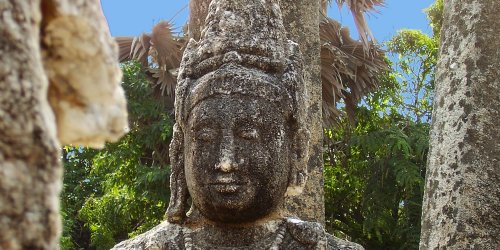

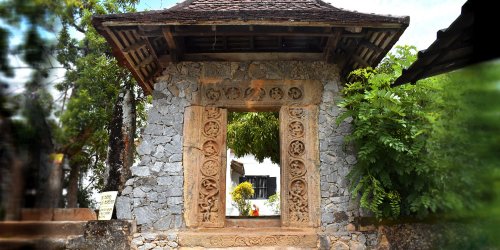





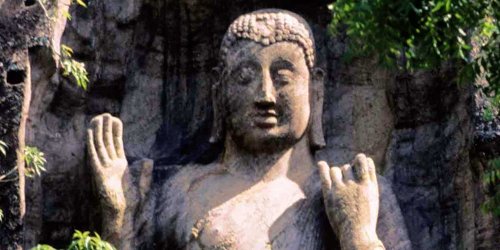



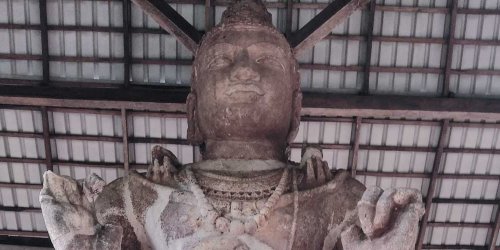
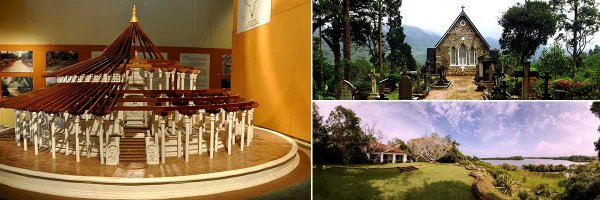

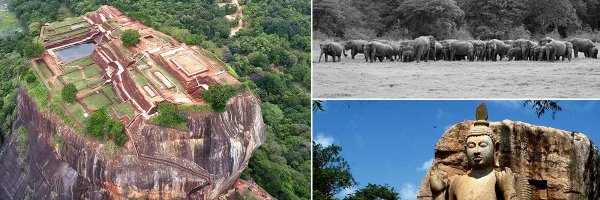
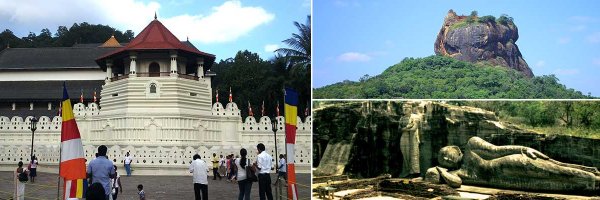
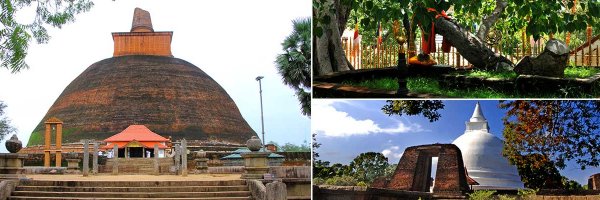
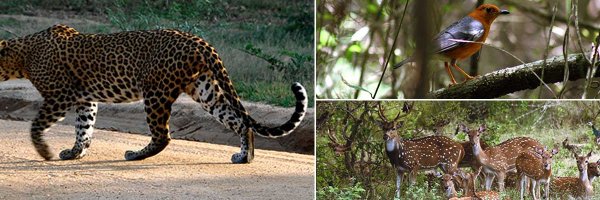
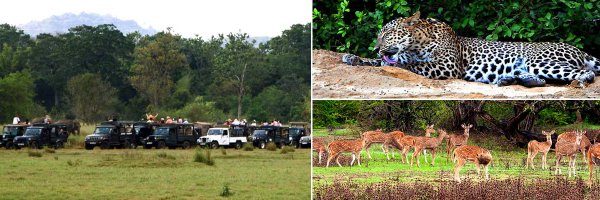
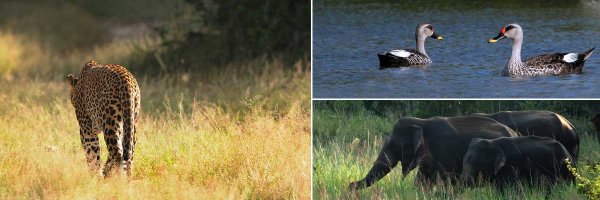
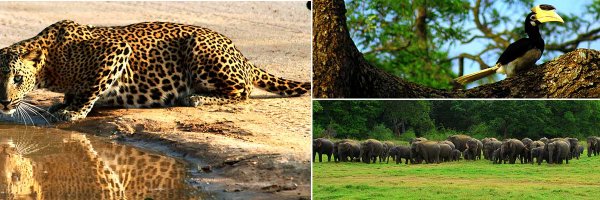
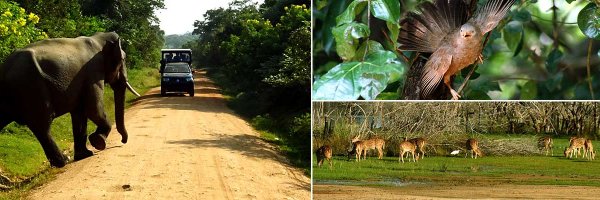
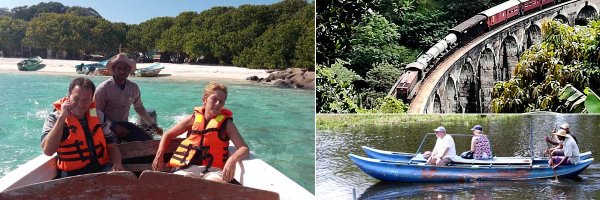
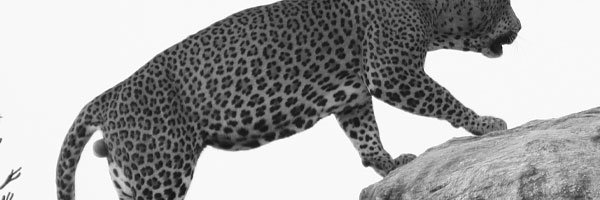
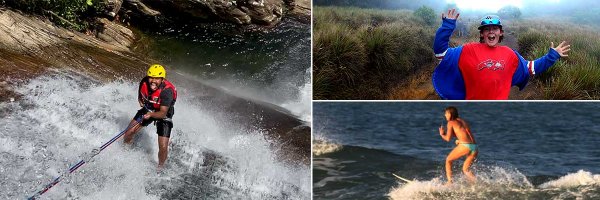
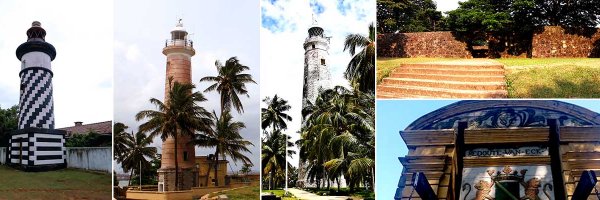



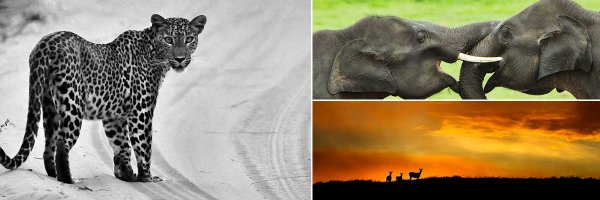
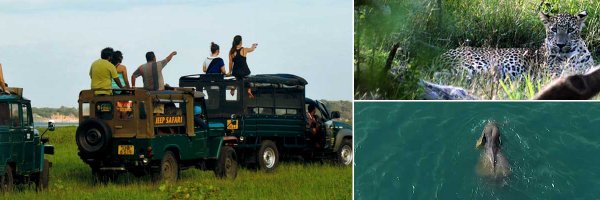



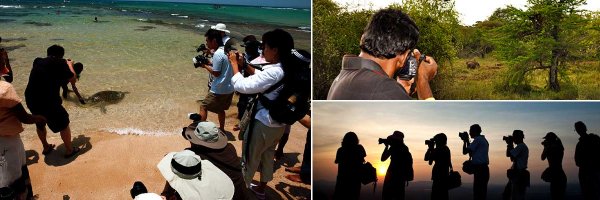

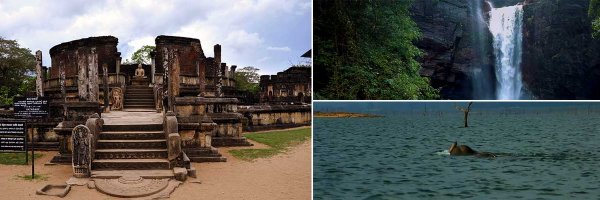
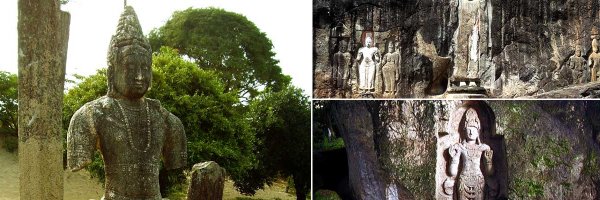
Share this page